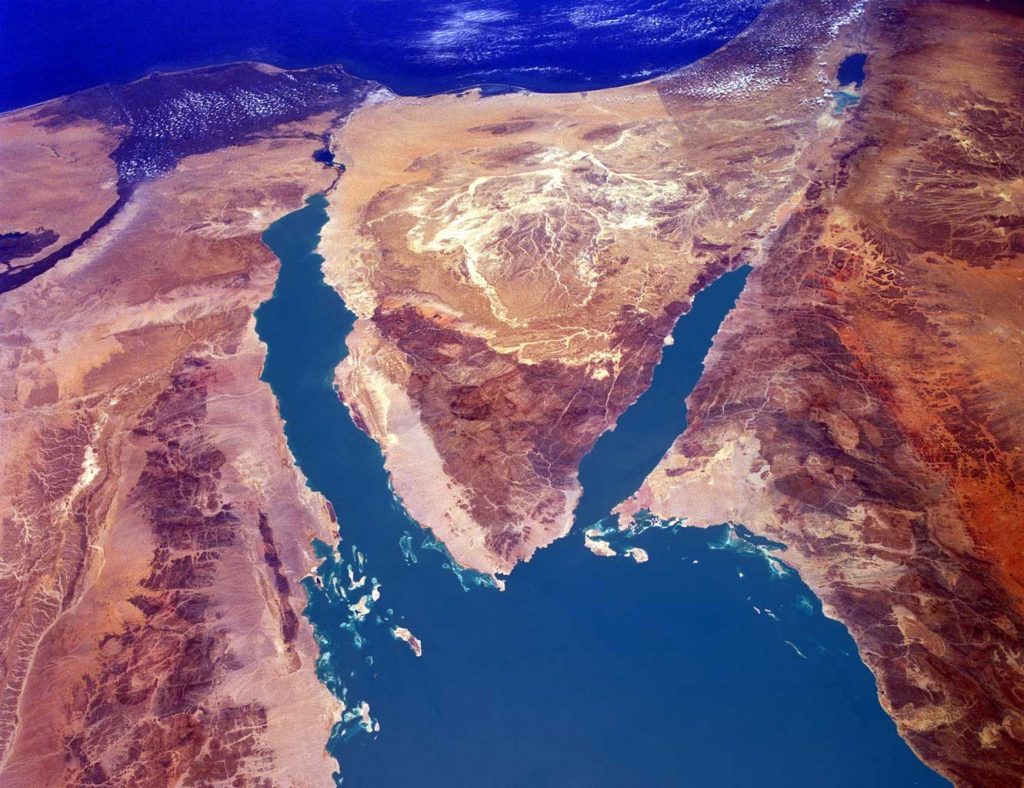The Stones Will Cry Out
Climate Change is Colonialism
Today we have entered the fateful epoch of the “Sixth Great Extinction” – a geological time period similar to the last mass extinction event when the dinosaurs were wiped out tens of millions of years ago. Vertiginously, we are climbing a dangerous staircase of global warming-driven “tipping points” – catalytic chain-reaction events, such as melting permafrost, that could trigger widespread and sudden catastrophe within the heretofore self-regulating global climate system.

Unsustainable, mechanized civilization has dumped billions of metric tons of carb0n into the atmosphere through fossil fuels burning since the onset of coal-fired industrialization in the mid-18th century. Heavy consumption of coal, oil, and natural gas, along with continued deforestation since the start of the Columbian Age, is causing global temperatures to escalate astronomically – anywhere from three to seven degrees Fahrenheit by 2050, to as high as seven to ten degrees by the century’s end.
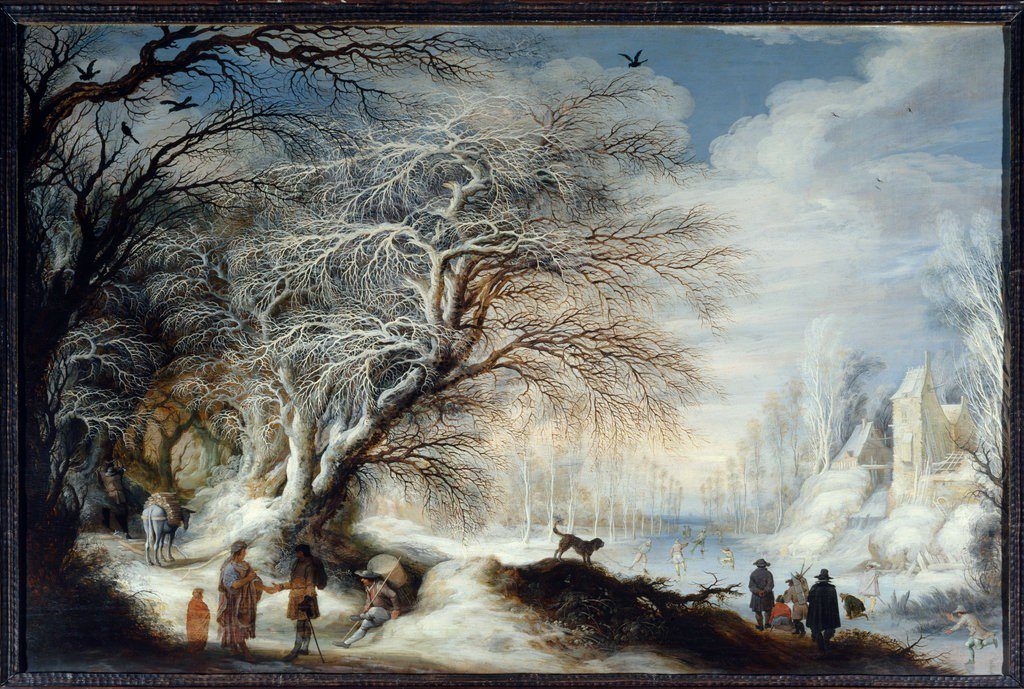
Climate change driven by carbon dependence is the direct result of the extractive worldview that came ashore in the Americas with the arrival of Columbus in 1492 CE. It is easy to think that contemporary global warming is an exceptional apocalyptic event spawned by the Industrial Revolution. In fact, the first instance of global climate change occurred within a hundred years of European colonization of the New World. Set in motion by initial contact between indigenes and settlers, European diseases and armed conflicts killed upwards of 56 million Indigenous people, causing large human communities to be evacuated as well as great swaths of farmland to be abandoned and then reforested. The resulting increase in trees and vegetation triggered a massive decrease of CO2 in the atmosphere, enough to cool the Earth by 1610, in what is called the Little Ice Age. Tragically, Native genocide was only the beginning of the ecocidal birth pangs that have led to the catastrophic climate sorrows of our own historical period. We are not unique. The Great Dying in the Americas five hundred years ago has now led directly to the Sixth Great Extinction of our own time.
As the planet becomes hotter and cascading waves of extinctions are the inevitable result, our reliance on fossil fuels continues apace. This carbon addiction stems from our exploitative settler colonialist posture toward the natural world. Earth, to use philosopher Martin Heidegger’s formulation, has become an extensive “standing-reserve” of inexhaustible power for modern industrial development, and our exploitative disposition toward the planet belies any hope we might have of extricating ourselves from our fundamentally abusive orientation toward the life-giving systems on which we all depend.
As an unfeeling standing-reserve, Earth for us is no longer a “living being” or “feeling organism” with its own subjective moods and affective propensities. It cannot feel pain, or experience loss, or undergo the suffering, some claim, that only we so-called higher forms of life and other sentient beings can feel. Our techno-supply vocabulary for Earth has effectively rendered our living planet numb and silent – a dead zone of inert matter, a fixed deposit of energy to fuel commercial development at all costs. As Indigenous biologist Robin Wall Kimmerer warns, “In English, we speak of the land as ‘natural resources’ or ‘ecosystem services,’ as if the lives of other beings were our property.” As a lifeless thing, as an impersonal, mechanized repository of useful materials, Earth, in the terminology we consistently use and with which we feel most comfortable, is now, in its most basic essentiality, a “resource” of “services” to supply the needs of human society – or, perhaps more accurately in a market-driven economy, a “commodity” to be bought and sold in the financial marketplace, like toothpaste or pork futures or stock options.
But understood from a different perspective, Earth can be reimagined as a living community of intersubjective persons, all of whom have their own emotional lives, capacities for relationship, and distinctive roles to play in maintaining the vibrancy of the wider web of life. This worldview is often referred to as animism. As a traditional form of knowledge, it ascribes personhood to all members of the web and regards them as “life-forms” or “beings” rather than as “things” or “objects.” Animism locates human beings in an expansive family of kinfolk that includes “bear persons” and “rock persons” along with “tree persons” and “human persons.”
This sensibility is both ancient and modern. Today, for example, animism is enshrined in the language of Bolivia’s Universal Declaration of the Rights of Mother Earth on Earth Day, 2010, wherein humankind and otherkind are described as environing members of “Mother Earth, an indivisible, living community of interrelated and interdependent beings with a common destiny.” In antiquity, animism is the angle of vision that underlies Jesus’ comment in the Gospel of Luke that if his followers were to become silent about his mission then the rocky earth itself would cry out and proclaim his message. “Jesus answered, ‘I tell you, if these [disciples] were silent, then the stones will shout out.” Native theologian George “Tink” Tinker makes this same point. He argues that even “rocks talk and have what we must call consciousness,” and then continues, “The Western world, long rooted in the evidential objectivity of science, distinguishes at least popularly between things that are alive and things that are inert, between the animate and the inanimate. Among those things that are alive, in turn, there is a consistent distinction between plants and animals and between human consciousness and the rest of existence in the world. To the contrary, American Indian peoples understand that all life forms not only have consciousness, but also have qualities that are either poorly developed or entirely lacking in humans.”
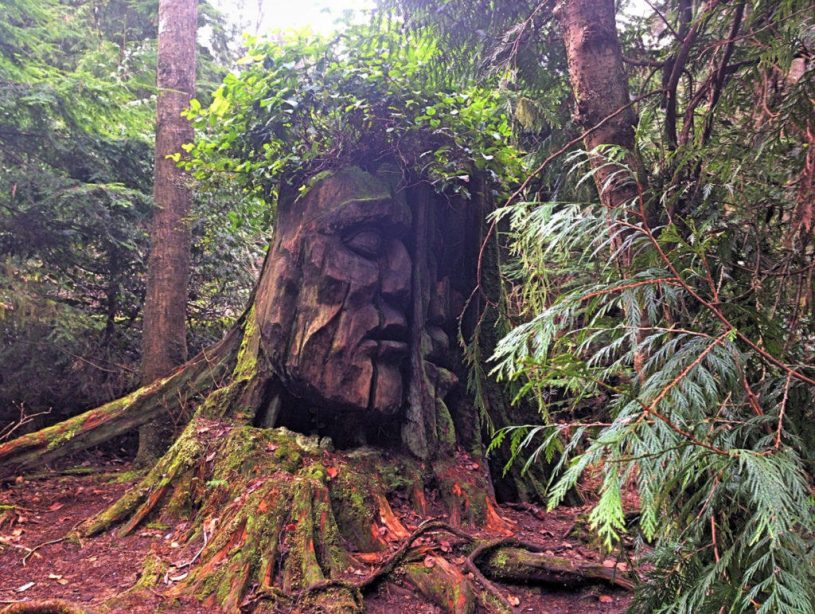
Animism, therefore, flattens commonplace ontological distinctions between living/nonliving or animate/inert along a continuum of multiple subjectivities: now everything that is is alive with personhood and relationality, even sentience, according to its own capacities for being in relationship with others. Or as Pagan scholar Graham Harvey says, “Animists are people who recognize that the world is full of persons, only some of whom are human, and that life is lived in relationship with others.” All life-forms are persons, only some of whom are human, because all beings are differentiated members of a community of relationships, only some of whom are recognizable as living beings by us.
Feral Rock Religion
If animism tells us who we are in relation to the family of living beings around us, then these beings are now revealed to us not as unfeeling things but as bearers of personhood with their own deep emotional registers. Take, for example, the stone wall that runs along the level of my eye outside my study window as I write these words. Fixed and impassive, how could this squat, rocky enclosure be anything other than lifeless matter? In what sense could it be said to be a living, feeling being with dispositions and moods like the rest of us? My rock wall is made from Wissahickon schist, a beautiful, and, at one time, ubiquitous local stone, flecked with quartz and mica, that has given Philadelphia and its surrounding architecture a uniformly earth-toned and stolid appearance. But while Wissahickon schist is aesthetically pleasing, in what sense can it be said to be affective and alive?
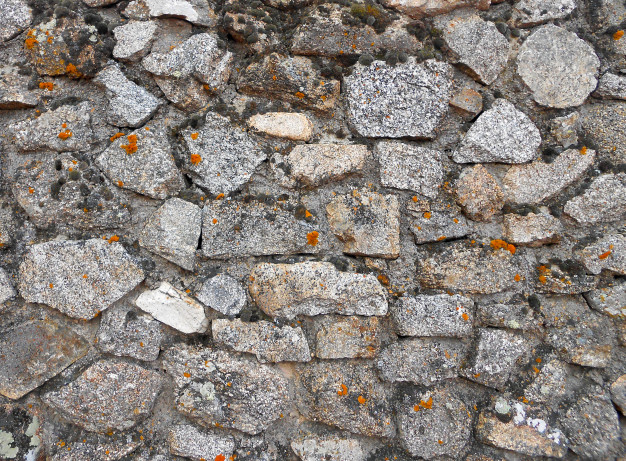 In response, let me suggest the following: the rocks in my wall are living beings – as are all of the rocks strewn across the stony face of the planet – precisely because they are vital structural elements in the geochemical processes that support their own, and my family’s existence in our common Swarthmore home. In this sense, my rock wall and I subsist together: our mutual personhood is co-generated by the subtle and abiding interactions we enjoy within the village habitat of Swarthmore borough. My seemingly inert and immobile rock wall is actually part of a living, swirling ecosystem that energizes everything around it with interlocking vitality. Covered in lichen and micro-organisms I cannot see, my stony barricade holds together the teeming community of a/biotic life-forms that sustain my immediate niche within the larger eco-zone we co-inhabit together. By controlling soil loss through sediment trapping, for example, my wall holds steady much of the biomass that insures the well-being of our collective existence along with my family’s household. This biomass, including my yard’s surrounding thicket of trees, shrubs and groundcover, also plays a role in Earth’s carbon cycle as one of the many links in the photosynthetic food chains that make all planetary life possible, in my bioregion and elsewhere. Among other critical functions, the absorption of carbon dioxide at my particular home-site, and the corresponding production of oxygen, now stabilized by the rock wall outside my study window, is essential to my and my family’s, and all other beings’, survival.
In response, let me suggest the following: the rocks in my wall are living beings – as are all of the rocks strewn across the stony face of the planet – precisely because they are vital structural elements in the geochemical processes that support their own, and my family’s existence in our common Swarthmore home. In this sense, my rock wall and I subsist together: our mutual personhood is co-generated by the subtle and abiding interactions we enjoy within the village habitat of Swarthmore borough. My seemingly inert and immobile rock wall is actually part of a living, swirling ecosystem that energizes everything around it with interlocking vitality. Covered in lichen and micro-organisms I cannot see, my stony barricade holds together the teeming community of a/biotic life-forms that sustain my immediate niche within the larger eco-zone we co-inhabit together. By controlling soil loss through sediment trapping, for example, my wall holds steady much of the biomass that insures the well-being of our collective existence along with my family’s household. This biomass, including my yard’s surrounding thicket of trees, shrubs and groundcover, also plays a role in Earth’s carbon cycle as one of the many links in the photosynthetic food chains that make all planetary life possible, in my bioregion and elsewhere. Among other critical functions, the absorption of carbon dioxide at my particular home-site, and the corresponding production of oxygen, now stabilized by the rock wall outside my study window, is essential to my and my family’s, and all other beings’, survival.
The Gaia Hypothesis
Are rocks, then, not dead things, but vital members of the life-web necessary for existence? Could Jesus and the Bolivian Declaration be right that Earth itself is a vital “actant,” to borrow a term from social theorist Bruno Latour, with its own affective tendencies and relational capacities? Paleontologist James Lovelock argues for the intrinsic value of all of Earth’s living elements – including, by implication, my Wissahickon schist rock wall – in the maintenance of the functional integrity of the biosphere writ large. Lovelock theorizes that the planet is a “superorganism” in which all of its biological, physical, and chemical components are “alive” and necessary for the support and regulation of global biodiversity. Lovelock calls the living Earth “Gaia,” named after the ancient Earth goddess of the Greeks, to signal the quasi-mystical powers of the worldwide biochemical interactions between animals, insects, fungi, algae, air, water, trees, soil and rocks to create the ideal living conditions – including the ideal climate – for all inhabitants of the planet. He calls his cosmology “the Gaia hypothesis,” and frames it this way: “The entire range of living matter on Earth, from whales to viruses, from oaks to algae, could be regarded as constituting a single living entity, capable of manipulating Earth’s atmosphere to suit its overall needs and endowed with faculties and powers far beyond those of its constituent parts.”
According to Lovelock, our particular human role in the biosphere is to understand how Earth’s or Gaia’s biophysical interactions create a steady state fit for life, and then to support the capacities of this “single living entity” to maintain optimal ecosystem functionality for diverse communities of species. Lovelock writes: “The more we know, the better we shall understand . . . the consequences of abusing our present powers as a dominant species and recklessly plundering or exploiting [Earth’s] most fruitful regions.” In reference to Lovelock, my corresponding point is that when we devolve into “abusing our present powers” and degrade the abilities of Gaia’s interweaving elements to achieve their natural ends – in other words, when we cause any of the constituent members of diverse ecosystems to suffer needless harm – then we do injury to the vital organisms and processes that make our self-regulating planetary life-system generative and sustainable. It is in this sense, therefore, that we can say that when we assail Gaia’s ecosystemic balance that we are causing Earth, as an organic being, as a “single living entity,” to quote Lovelock, to suffer harm, to feel pain, and to undergo trauma.
If Lovelock’s Gaia cosmology is accurate, then Earth is a living, feeling being who cries out and suffers injury from the depredation brought about by human malice. But why is this animist insight – the recognition of the common personhood of all life-forms who suffer repeated injury – so crucial to our well-being on the planet? It is crucial because the existential awareness that we ourselves are not the only bearers of apperceptive suffering compels us to re-situate ourselves – ontologically and ethically – in the wider personhood of Earth itself who, like us, is a living being with emotion and purpose unto itself. It is crucial because this insight into our wider belonging to a living being far greater than ourselves compels us to re-imagine ourselves as integral members of a cosmic body, a supreme organism, an all-encompassing life-form whose needs and requirements surpass our own, and to whom we owe our ultimate loyalty and devotion.
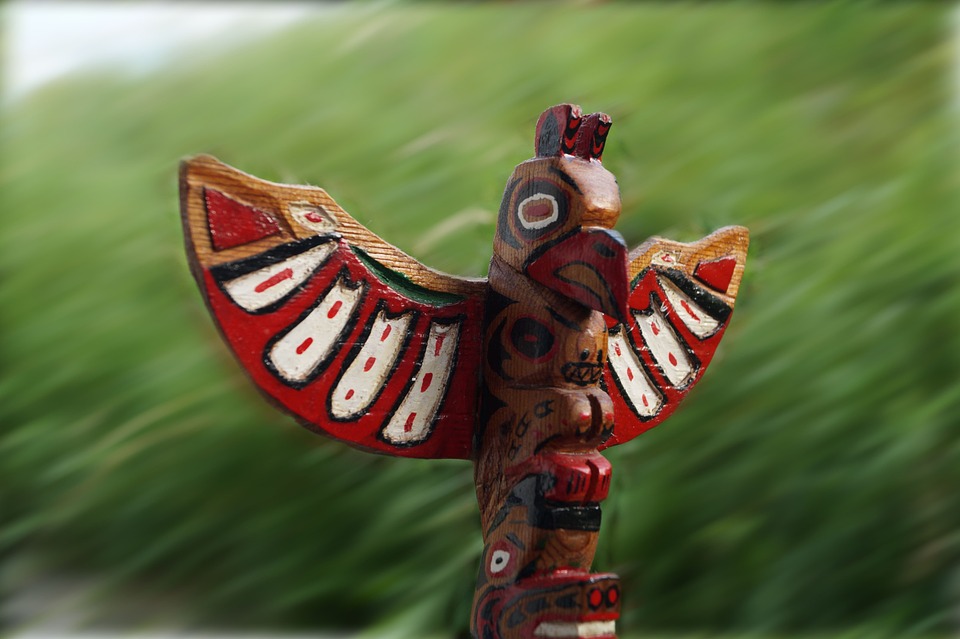
It is crucial because this recognition of Earth’s vital essence forms the basis of more-than-human sacred kinship relationships and rituals wherein all beings are now regarded as sharing a common existence together as equal co-participants in the web of life. And it is crucial because once we sense the longing of creation to be free from chronic suffering – once we sense nature’s capacity to experience depredation in a manner similar to how we too experience loss and injury – then we will feel an inner drive to live our lives in harmony with all of God’s creatures, all of whom, including ourselves, subside and flourish in Mother Earth’s loving embrace. Or, as Lovelock puts it so succinctly, once we recognize Gaia as a “single living entity,” we will then feel the “compulsive urge to belong to the commonwealth of all creatures which constitutes Gaia.”



